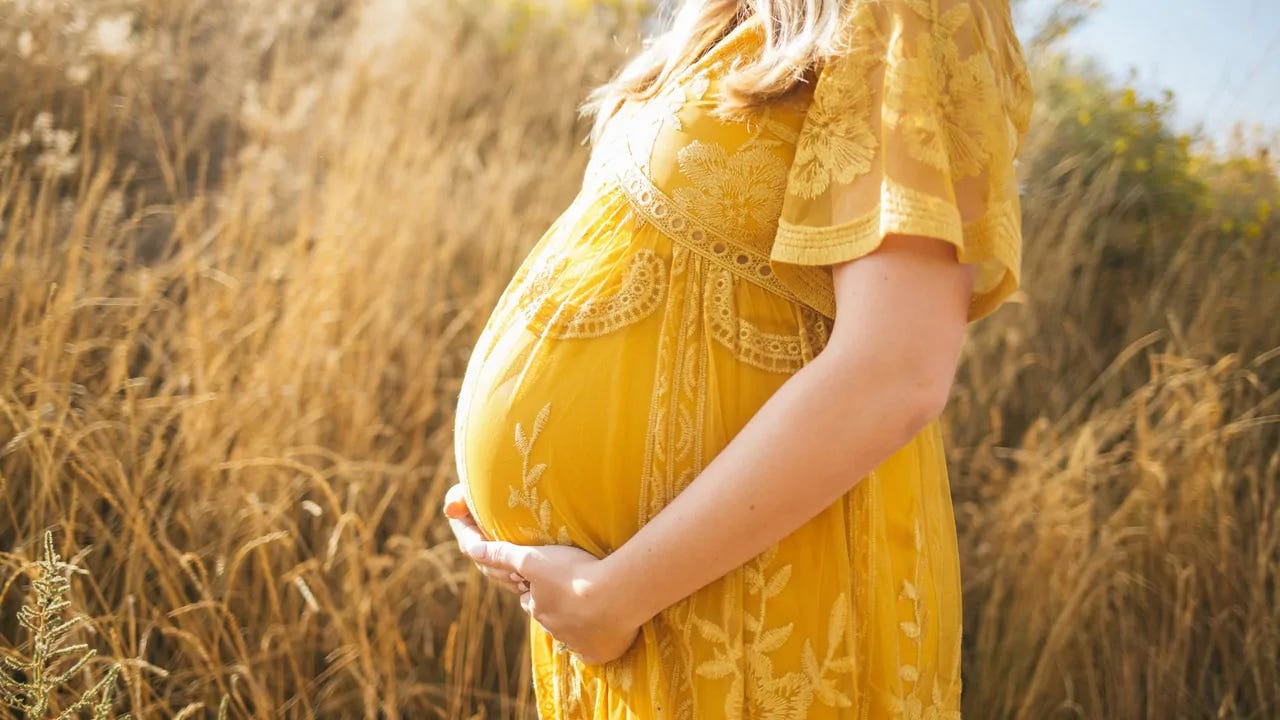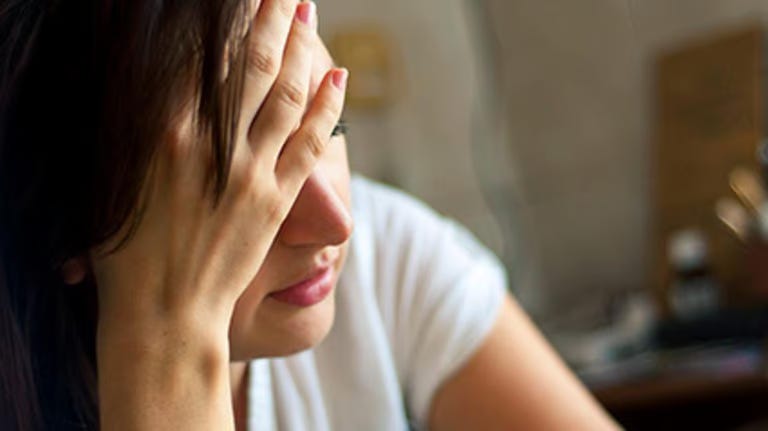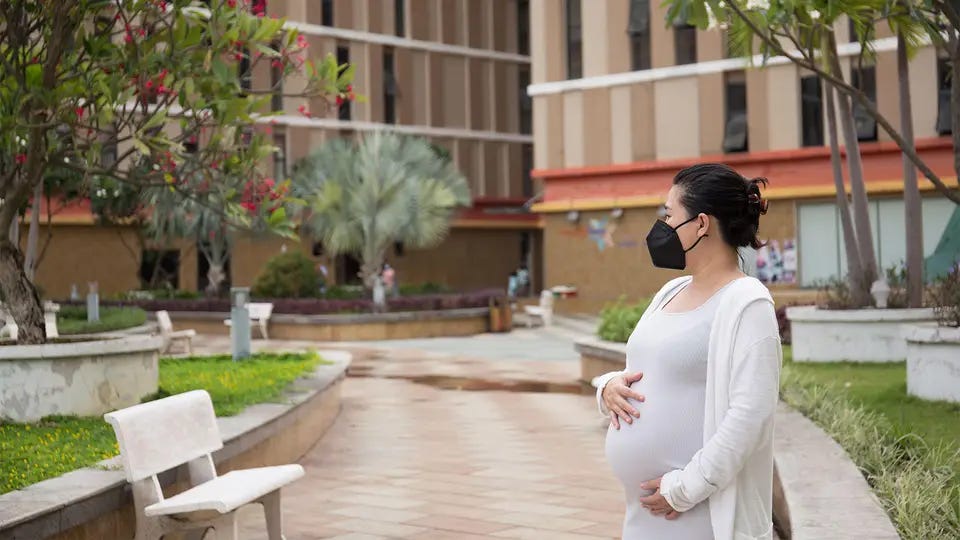Sci-Ed Update 300
Strange objects stuck in the body, why fingers prune, IVF alternative, new infertility explanation, mothers retain offspring cells, situs inversus rises after COVID, and more!
These are some of the strange objects that get stuck in people's bodies, according to CDC data
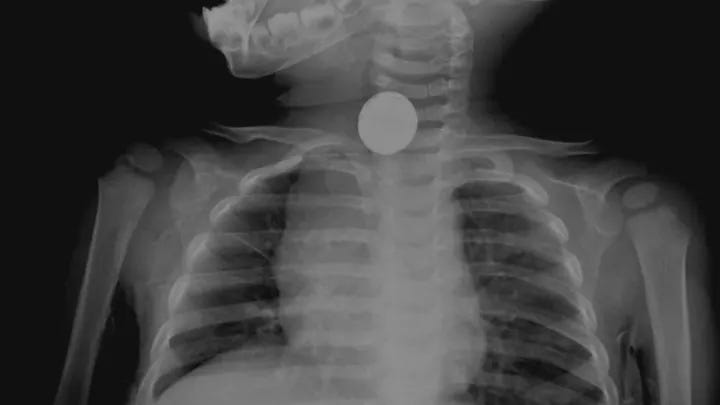
Magnets, chargers, lollipops and orange peels are just some of the surprising objects that people got stuck in their bodies in 2021, according to reports from the U.S. Consumer Product Safety Commission’s (CPSC) database.
Foreign objects lodged in people’s bodies was the ninth leading cause of unintentional injuries that led to emergency room visits in 2021, according to data from the Centers for Disease Control and Prevention (CDC) — with nearly 278,000 U.S. adults seeking care.
"Foreign objects being stuck in strange places is predictable at No. 9, when you consider that more than half are sex toys," Dr. Marc Siegel, clinical professor of medicine at NYU Langone Medical Center, told Fox News Digital about the data.
Read more→ AandP.info/74q
A Mother’s Body Retains Cells From Her Child After Pregnancy
Pregnancy changes the human body dramatically. One of the smallest alterations that pregnancy produces may also be the most important, suggests new research exploring cell populations passed between mother and child.
“During pregnancy, there's a bi-directional transfer of cells, mother to baby and baby to mother,” says Dr. Sing Sing Way, the Pauline and Lawson Reed Chair for the Division of Infectious Diseases at Cincinnati Children's Hospital Medical Center and a professor of pediatrics at the University of Cinncinnati. This is not surprising, given the essential connection formed between mother and child through the placenta. What is more of a shock is that these cells don’t disappear after birth. “One out of a million cells in our body is not our own,” explains Way in an interview with Technology Networks. His team’s research focuses on these “microchimeric” cells. Way is the senior author on a new paper, published in Science, that reveals how groups of these cells interact in the body.
Read more→ AandP.info/irs
One in 7 Americans Has Had Long COVID
An estimated one-third of people who have COVID-19 could wind up with long-term COVID symptoms, a new study says
Nearly half of Americans have had COVID-19, and 1 in 7 have gone on to suffer long COVID
Symptoms associated with long COVID include brain fog, anxiety, depression and mobility problems
Read more→ AandP.info/b1t
Situs Inversus Cases Rise After China Lifts Zero-COVID Policy
There was a "striking increase" in the number of cases of fetal situs inversus at two Chinese obstetric centers after the zero-COVID policies were lifted in the country, researchers reported.
From January through July of this year, the incidence of situs inversus -- a rare congenital condition in which visceral organs are reversed from their normal positions -- was over four times as high as the mean annual incidence from 2014 through 2022 at the two centers, which were not in the same region, reported Shan Bian, PhD, of Tongji University in Shanghai, and colleagues.
Overall, 56 cases of fetal situs inversus -- 52 cases of situs inversus totalis and 4 cases of partial situs inversus -- were identified during the first 7 months of 2023, with incidence peaking in April, they noted in correspondence published in the New England Journal of Medicine.
Cases were diagnosed via routine ultrasonography at a gestational age of about 20 to 24 weeks, with no change having been made in diagnostic protocol or physician training.
"Although vertical transmission of SARS-CoV-2 is debated, fetal infection early in gestation could hypothetically affect visceral lateralization; alternatively, SARS-CoV-2-mediated maternal inflammatory responses might indirectly affect left-right organizer function and impair visceral lateralization," Bian and co-authors wrote.
Read more→ AandP.info/xa4
Situs Inversus | Anatomic Variations in Humans
Again, we’re reminded of that popular classic episode of The A&P Professor podcast about anatomic variation. There’s an interesting discussion of situs inversus that you may want to listen to again!
To listen to this episode, click on the player button above ⏵ (if present) or this link→ theAPprofessor.org/podcast-episode-43.html
IVF Alternative: First Baby Born in Australia Through Cheaper, Safer Fertility Treatment

It's called capacitation in-vitro maturation (CAPA-IVM), a method that promises to provide prospective parents who are struggling to fall pregnant with an easier, cheaper alternative to the more established process of in-vitro fertilization (IVF).
Rather than collect the isolated ova, IVM takes immature groups of cells called cumulus-oocyte complexes, which contain the immature ova and supportive cells, and allows them to mature outside of the body, reducing the need to stimulate the ovaries into releasing egg cells.
"The problem has been when you take an egg out of the human body it matures very quickly, even when it may not be ready to, but the CAPA method switches off the progression of the egg for 24 hours. So it grows more slowly, and it matures more healthily," says Ledger.
Healthier eggs means greater chance of a healthy child. And fewer injections means less risk, lower costs, and reduced time spent enduring side effects of the stimulating injections, which can include nausea, headaches, and hot flushes.
Read more→ AandP.info/su6
Where did shoulders come from? Ancient fish reveal joint’s evolution
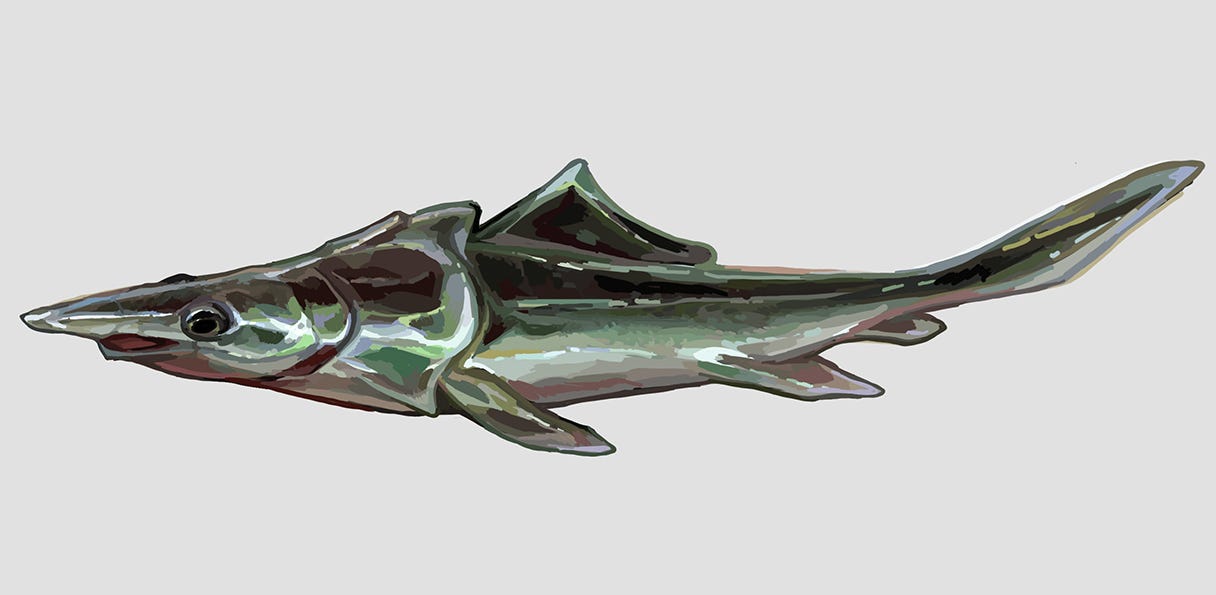
Researchers have traced an evolutionary connection between the throats of ancient fishes and the anatomy that allows you to swing a golf club or reach a high shelf. The vertebrate shoulder, they conclude, arose in part from ancestral fishes’ gill arches, curved supports encircling the throat.
The analysis, reported today in Nature, helps reconcile two existing ideas about where the bones connecting our arms to our trunks came from: the tissues of the head or lateral folds along ancient fishes’ bodies. In the new picture, based on detailed studies of 400-million-year-old fossils, each is given a role in the evolution of paired limbs. The paper “may be a major step toward the final resolution of [this] long-standing question,” says Shigeru Kuratani, an evolutionary morphologist at the RIKEN Center for Biosystems Dynamics Research who was not involved in the work.
About 500 million years ago, vertebrates were jawless marine creatures with tails but no paired fins, and numerous, paired gill arches. Fast forward 100 million years, and fish called placoderms swam the seas, with jaws and a primitive “shoulder” or pectoral girdle supporting paired front fins.
Read more→ AandP.info/0hk
Why Do Fingers Prune?

In the early 2000s, while working at the National University Hospital in Singapore, Wilder-Smith suspected that the surrounding vasculature drives the wrinkling. He found that after a long soak, blood vessels nestled just below the skin constrict, resulting in negative pressure and downward tugging of the outermost layer of skin. The uneven puckering pattern likely results from varied skin tautness, or tethering, throughout the fingertip.
Scientists still do not understand how exactly water triggers vasoconstriction, although Wilder-Smith has his theories.1 “It's likely that there's a whole array of different electrolyte channels, and that these are selectively being stimulated,” he said.
Read more→ AandP.info/lvo
New explanation for infertility: eggs lacking a mysterious ‘lattice’

For almost 60 years, scientists have puzzled over the purpose of bundles of fibres that were found floating in mammalian egg cells. A study1 published today in Cell finds that these fibres, known as cytoplasmic lattices, are storage sites for many proteins that are essential for the development of the early embryo. The discovery could explain why people whose eggs lack the fibres entirely are infertile.
Read more→ AandP.info/73v



